Finland is a country in the north east corner of Europe.
Finland is surrounded by the Baltic Sea, the Gulf of Bothnia and the Gulf of Finland. Both of these Gulfs are usually covered with ice in winter.
The land is fairly flat with thousands of lakes. Parts of Northern Finland lie within the Arctic Circle.
In the north of Finland, in winter, the sun never rises above the horizon for about 2 months. In Southern Finland there is about 6 hours of sunlight in mid-winter.
Similarly, in the summer, the northern area has continuous daylight for about 2 months of the year. In the south there is an average of 19 hours of daylight
a day in midsummer. Lapland, the traditional home of Santa Claus, is in northern Finalnd.
The geographical coordinates for the centre of Finland, also known as lines of latitude and longitude, are:-
Latitude - 64 00N
Longitude - 26 00E
The capital of Finland is Helsinki.
Finland is a parliamentary republic with a president as head of state and a prime minister as head of the government.
In elections everyone over the age of 18 can vote.
The currency in Finland is the euro. Finland is a member of the European Union, having joined in 1981.
Finnish is the official language.
Check the weather in Helsinki now.
This is the time in Helsinki now








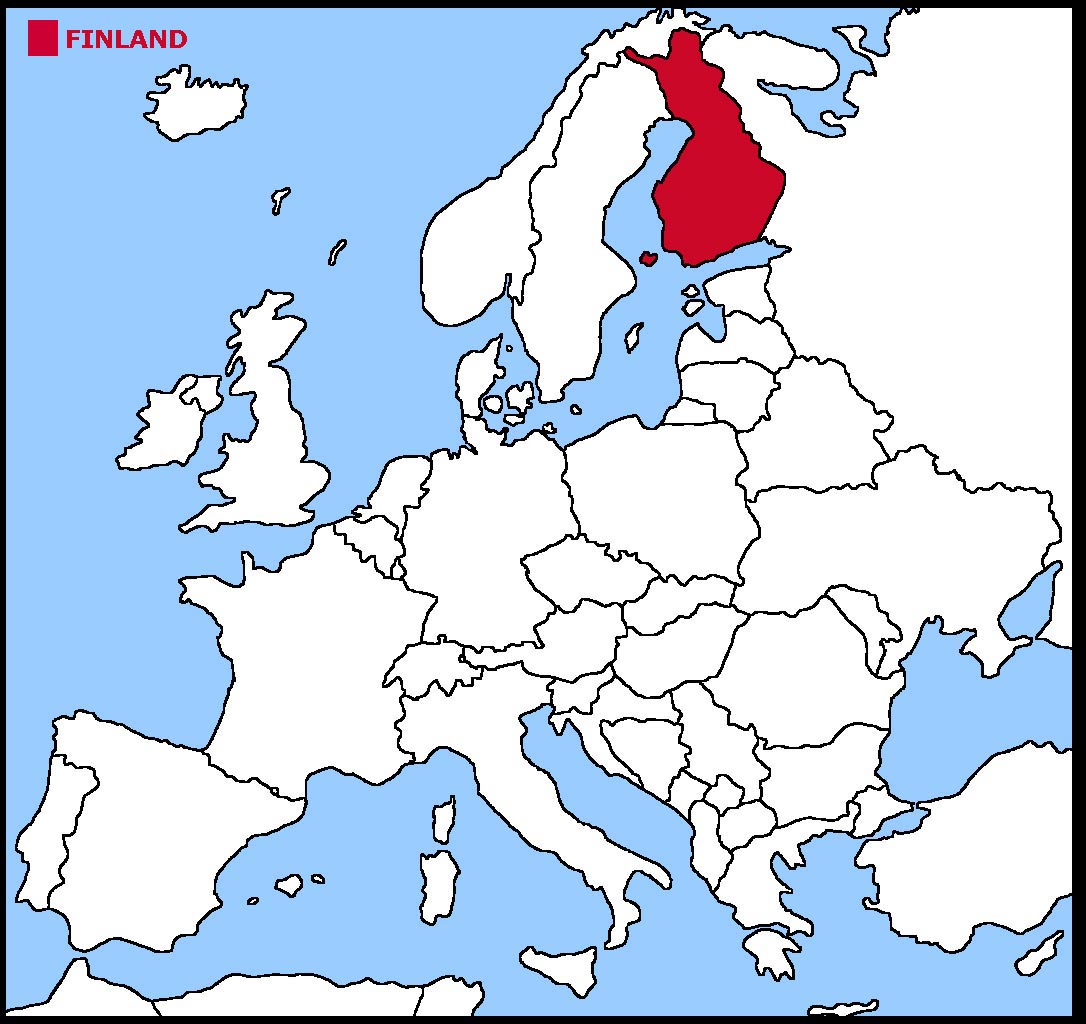

 The Finnish flag is white with a blue
cross and the cross is moved to the left hand side of the flag, nearer to a flag pole when the flag is raised. The blue is for the thousands of lakes in Finland
while the white is for the snow that covers the country in winter.
The Finnish flag is white with a blue
cross and the cross is moved to the left hand side of the flag, nearer to a flag pole when the flag is raised. The blue is for the thousands of lakes in Finland
while the white is for the snow that covers the country in winter.


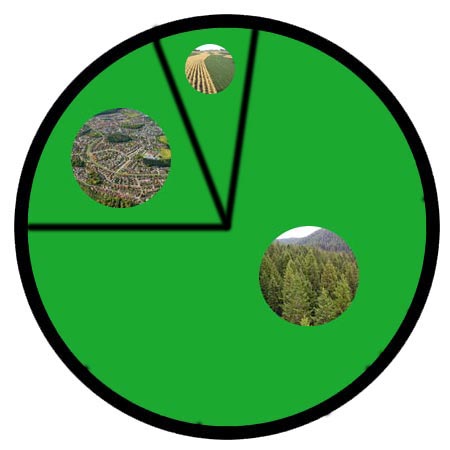

 Each little Owlbut is 1 person and
the big yellow rectangle is 1 sq km. After a while you can compare countries and see which ones are the most crowded. Remember it is only an average as
more people live closer together in towns and cities than in villages out in the country.
Each little Owlbut is 1 person and
the big yellow rectangle is 1 sq km. After a while you can compare countries and see which ones are the most crowded. Remember it is only an average as
more people live closer together in towns and cities than in villages out in the country.
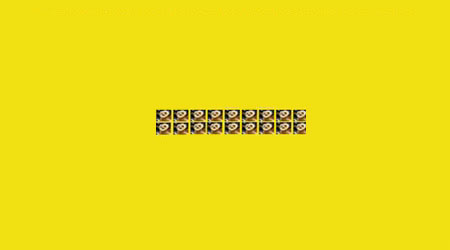

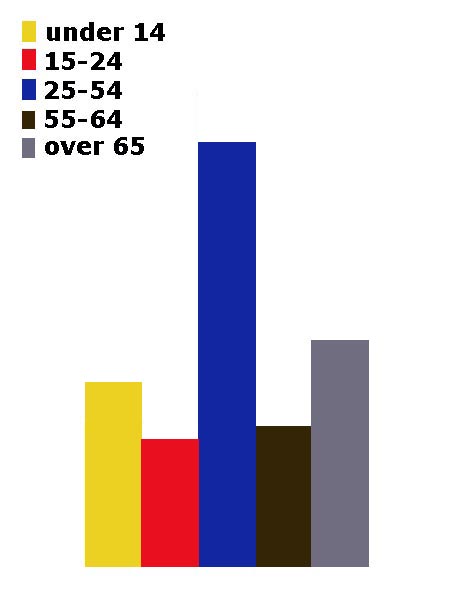
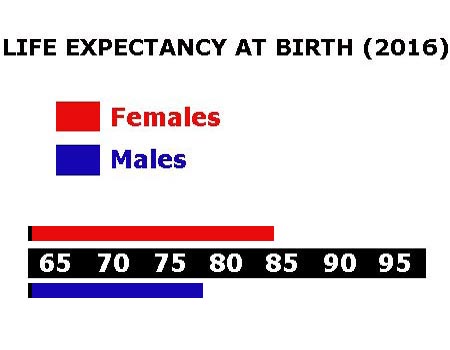

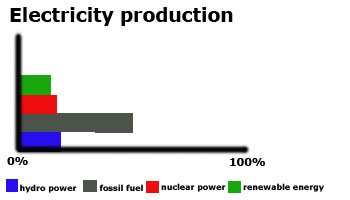

 They work in the following sectors.
They work in the following sectors.



